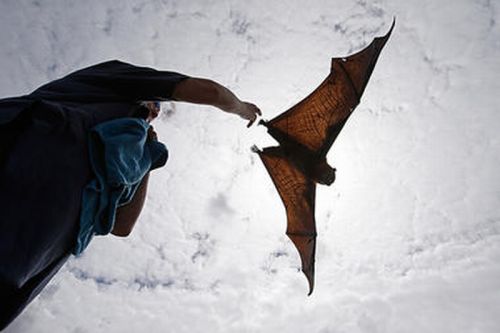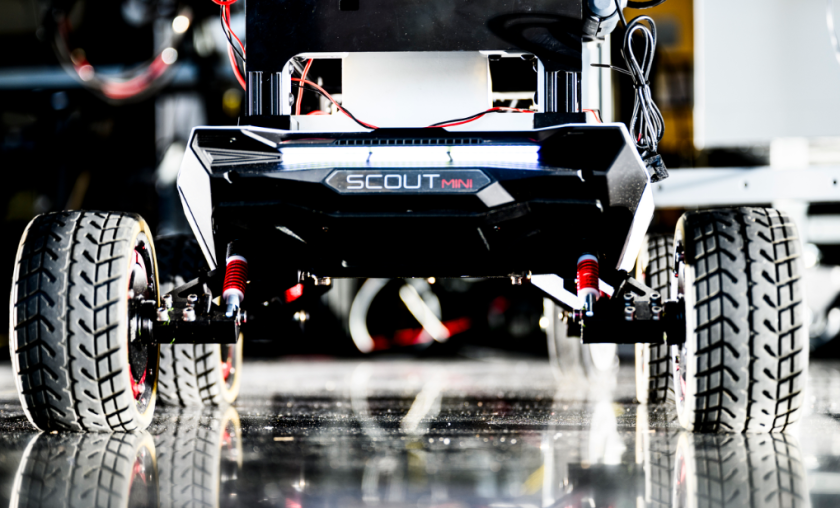According to a recent study, the manner in which bats flap their wings could actually be the source of inspiration for the upcoming designs of flying robots.
The researchers investigated the way the fruit bats made use of their wings for manipulating the air around them. By developing the correct understanding of the functioning of these processes in nature, the engineers could practically come up with the design of small flying robo machines called the micro air vehicles.
According to Danesh Tafti, from Virginia Tech, bats comprise of varied shapes and sizes of wings, which largely depend on their evolutionary function. The bats owing to their agile nature are capable enough to swiftly alter their flight path any moment, displaying great maneuverability for any sort of mid flight prey capture. Therefore, it is certainly very interesting to study their flight sequence.
Characteristics of the Fruit Bats
Fruit Bats along with their other species (which are above 1,000), comprise of wings that are made up of highly flexible and webbed membranes, which connect their fingers. A typical Fruit Bat weighs around an ounce (30 gms), and their completely extended wings roughly measure around 17 centimeters (6.7 inches) in length, as stated by Danesh Tafti.
The Research Highlights
To investigate the manner in which the bats flap their wings, a team of research scientists collected the measurements of the flying bats and made use of their specially designed software for analyzing the relationship between the movement of animals and airflow motion around their wings.
Surprisingly, the research revealed that bats were capable enough to alter the movement of their wings to amplify the forces triggered by their flapping. This signifies that a bat can comfortably increase the surface area of its wings by as much as 30% in order to efficiently maximize the conducive forces as it pushes downward. Similarly, a bat can effectively decrease the surface area of its wing by an equal amount as it eventually flaps upward, which results in minimizing the unconducive forces pushing down and helps keeping the bat agile mid flight.
The researchers state that by mimicking this flapping motion of the bats, the engineers could actually design highly efficient flying robots.
The Future
Kamal Viswanath, one of the lead researcher claimed that the next research would be conducted to explore deconstructing of the apparently complex motion of the bat wing into fairly simpler motions. This study would be imperative for designing of a bat-inspired flying robot.
Researchers are also expecting to explore the different wing motions that impact the force produced by the flying bat and not just the surface area of their wings.
Tafti stated that they would also try and explore many other wing motions of the bat including a level flight wing motion of a bat or the time when the bat is trying to maneuver swiftly. This research would be conducted to get justified answers to the many questions, such as – What are the key differences in the varied wing motions and how do they ultimately translate into air movements and the forces generated by the bats? And how can the researchers finally use this knowledge for controlling the flight of an autonomous flying vehicle?




